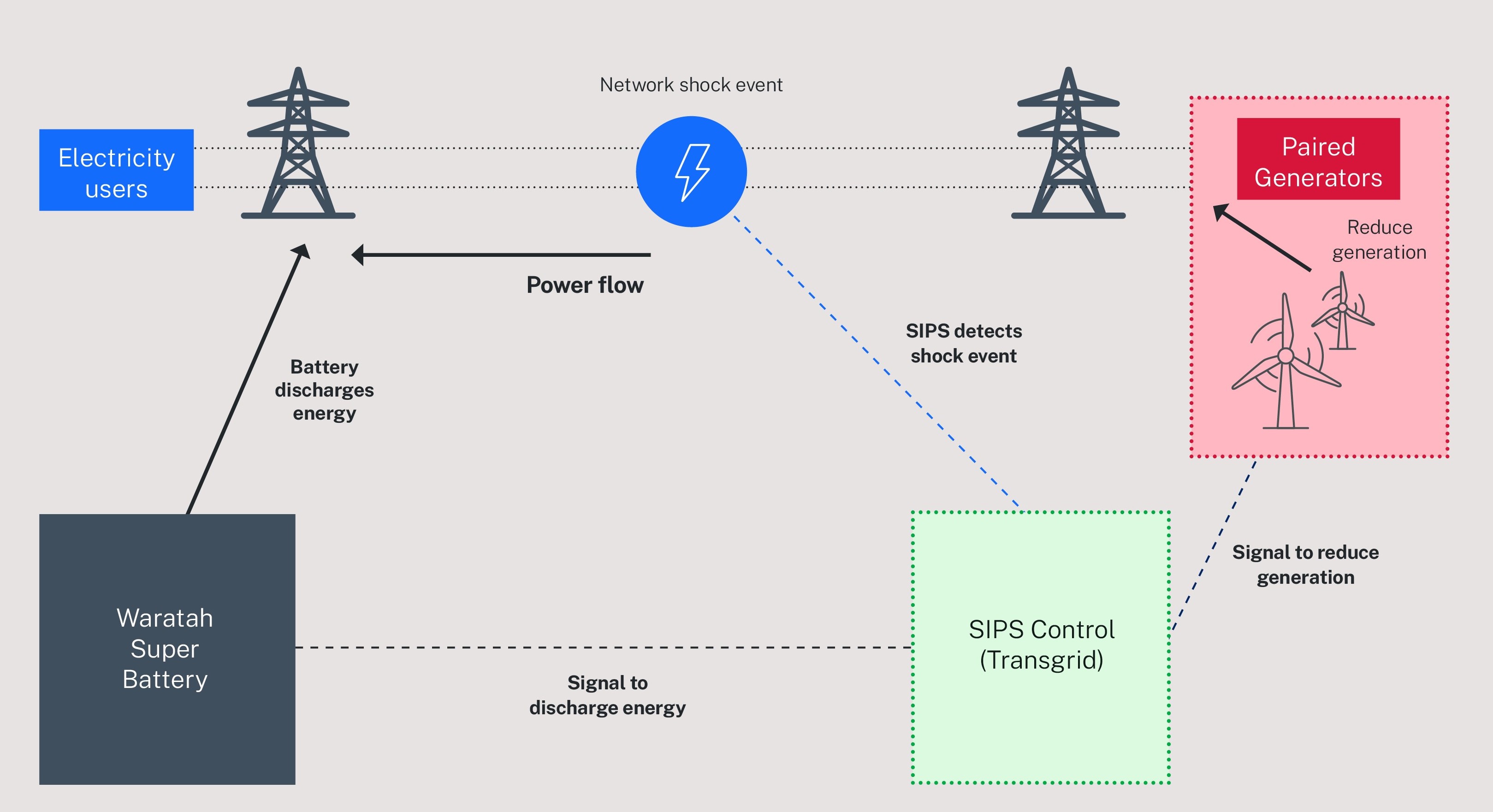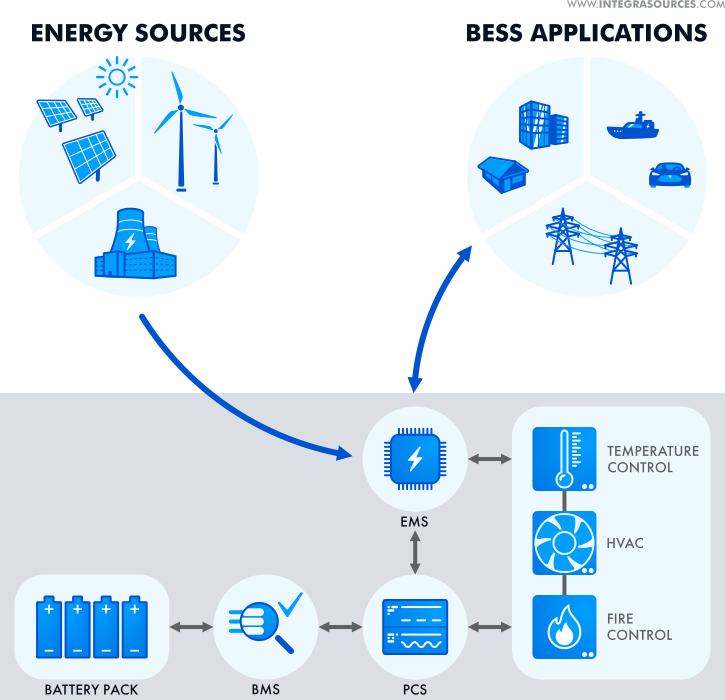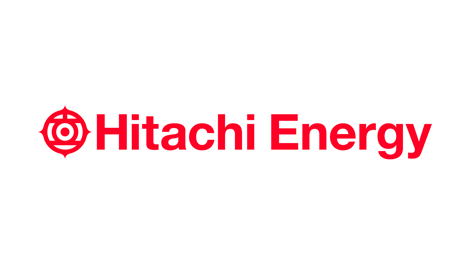Hitachi Energy – Hitachi Energy acquires eks Energy
Strategic acquisition adds advanced power electronics and energy management software capabilities to meet accelerated, global demand for battery energy storage solutions
Hitachi Energy, a global technology leader that is advancing a sustainable energy future for all, announced today that it has acquired a controlling stake of eks Energy, a leading supplier of power electronics and energy management solutions for storage and renewables integration, based in Seville, Spain, from Powin LLC (Powin), a top global energy storage system provider. The investment also marks the establishment of a strategic partnership with Powin, who maintains a significant ownership stake in eks Energy.
As the world transitions to more renewable energy sources, the global demand for battery energy storage systems (BESS) continues to surge and is expected to grow more than 20 percent per year through 20301. By combining eks Energy’s power electronics and advanced control capabilities with its own highly complementary automation, software, and system integration offerings, Hitachi Energy fortifies its position as a leading-edge technology provider to the renewables and BESS market. With the strategic partnership, Hitachi Energy and Powin aim to apply the strength of the two firms to develop power conversion products specifically designed for the next generation of energy storage systems.
“Hitachi Energy has been an innovative force in the BESS and microgrid space for more than 30 years, and this strategic acquisition demonstrates our continued commitment to deliver the most advanced and proven solutions for our customers,” said Massimo Danieli, Managing Director for the Hitachi Energy Grid Automation Business Unit. “The market, including leading BESS system integrators, has made it clear that it needs and wants energy solutions powered by best-in-class power electronics integrated with control and digital capabilities. New applications and use cases are emerging every day, driven by the ever-increasing need for integration of renewable resources in the grid and electrification at the grid edge. eks Energy has an impressive product deployment footprint in North America and Europe, and under Powin has further extended their global reach. With this significant addition to our portfolio, Hitachi Energy is ready to address the demands of the fast-growing global BESS market with speed and scale.”
“This strategic investment marks a significant milestone in the energy storage industry, as it paves the way for Hitachi, Powin and eks Energy to align their strengths in exploring new opportunities on a global scale as well as an ability to better serve new and existing customers,” said Jeff Waters, CEO of Powin. “We are proud of what we have already developed with eks Energy, including one of the world’s largest battery projects in history, the Waratah Super Battery (WSB) where eks Energy’s unrivaled power conversion systems are able to meet the Australian grid operators’ high standards of performance. We look forward to continuing to work with eks Energy and Hitachi Energy to bring more projects like WSB to the world.”
The addition of eks Energy to the Hitachi Energy portfolio demonstrates accelerated traction on the company’s 2030 strategic growth plan. Hitachi Energy is continuously strengthening its power grids core business while advancing the world’s energy system to be more sustainable, flexible and secure. This acquisition increases our core capabilities at the edge of the grid including digital, power electronics and services, toward the larger goal of advancing a sustainable energy future for all.
Nomura Greentech acted as exclusive financial advisor and Shearman & Sterling acted as legal advisor to Hitachi Energy.
1From BNEF 1H 2023 Energy Storage Market Outlook
SourceHitachi Energy
EMR Analysis
More information on Hitachi Energy: See the full profile on EMR Executive Services
More information on Claudio Facchin (Chief Executive Officer, Hitachi Energy): See the full profile on EMR Executive Services
More information on Massimo Danieli (Executive Vice President and Managing Director Grid Automation Business Unit, Hitachi Energy): See the full profile on EMR Executive Services
More information on the 2030 Strategic Growth Plan by Hitachi Energy: https://www.hitachienergy.com/about-us/hitachi-energy-2030-plan + To deliver a sustainable energy future for all, we must pursue three imperatives
- STRENGTHEN the power system making it more reliable and secure
- EXPAND the power system’s reach and scalability
- EVOLVE the power system making it more sustainable and resilient
More information on eks Energy by Hitachi Energy: https://eksenergy.com/en/en-2/ + We design, build and commission own HW and SW solutions for the integration of renewable power plant and ESS, ensuring the success and profitability of our clients’ projects.
After 20 years of operation under the GPTech brand, eks Energy aims to play a key role, at a global level, in the energy transformation necessary to create a future that is respectful of the environment and fair in the distribution of energy resources.
eks Energy stands out for its strong commitment to the transformative capacity of talented people with a determined will to work towards meeting these objectives.
eks Energy joined the POWIN group in July of 2022.
More information on Powin LLC: https://powin.com/ + Headquartered in Oregon, Powin was founded in 1989 as a high-quality, high-volume contract manufacturing company with a large supplier network and relationship base in Asia and North America. Before most people saw the enormous market potential of large-scale battery storage, Powin was already utilizing its global battery supply chain relationships to deliver high quality solutions with market-leading value. The company evolved by marrying its robust supply chain management with technology designed in the US and a vital social mission.
We own or manage every step in our supply chain. From sourcing battery cells to the on-site installation of projects, we leverage our domain expertise to provide the highest-value, cost-competitive energy storage solutions to our customers. Our energy storage systems are used in utility-scale, commercial and industrial, and microgrid applications.
To date, Powin has deployed over 3,200 MWh of battery systems worldwide with 11,900 MWh under construction.
More information on Jeff Waters (Chief Executive Officer, Powin LLC): https://powin.com/company/ + https://www.linkedin.com/in/jeff-waters-1064577/
More information on the Waratah Super Battery (WSB): https://www.energyco.nsw.gov.au/projects/waratah-super-battery +
To ensure NSW continues to have reliable energy supply following the anticipated closure of the Eraring Power Station in 2025, the NSW Government is delivering the Waratah Super Battery (WSB) project. The WSB project is a System Integrity Protection Scheme (SIPS) designed to act as a ‘shock absorber’ in the event of any sudden power surges, including from bush fires or lightning strikes.
WSB project components:
- A SIPS Service provided by a Battery Energy Storage System (BESS) located at the former Munmorah coal-fired power station that is capable of providing a guaranteed continuous active power capacity of at least 700 MW and a guaranteed useable energy storage capacity of at least 1400 MWh.
- Paired Generation Services provided by multiple generators across NSW that are capable of providing technical services to support the SIPS.
- Network Augmentations and SIPS Control provided by Transgrid in its role as Network Operator that includes the SCADA, telecommunications, minor augmentations and control scheme equipment required to operate the SIPS.
The WSB project provides a virtual transmission solution that unlocks latent capacity in the existing transmission system, allowing electricity consumers in the Sydney, Newcastle, Wollongong demand centres to access more energy from existing generators.

EMR Additional Notes:
- Energy Storage System (ESS):
- An energy storage system, often abbreviated as ESS, is a device or group of devices assembled together, capable of storing energy in order to supply electrical energy at a later time. Battery ESS are the most common type of new installation and are the focus of our free fact sheet.
- Battery Energy Storage System (BESS):
- A BESS is an energy storage system (ESS) that captures energy from different sources, accumulates this energy, and stores it in rechargeable batteries for later use.

- Grid, Microgrids and DERs:
- The power grid is a network for delivering electricity to consumers. The power grid includes generator stations, transmission lines and towers, and individual consumer distribution lines.
- The grid constantly balances the supply and demand for the energy that powers everything from industry to household appliances.
- Electric grids perform three major functions: power generation, transmission, and distribution.
- A microgrid is a small-scale power grid that can operate independently or collaboratively with other small power grids. The practice of using microgrids is known as distributed, dispersed, decentralized, district or embedded energy production.
- Smart Grid is any electrical grid + IT at all levels . Micro Grid is a group of interconnected loads and DERs (Distributed energy resources) within a clearly defined electrical and geographical boundaries witch acts as a single controllable entity with respect to the main grid.
- Distributed Energy Resources (DERs) are small-scale electricity supply (typically in the range of 3 kW to 50 MW) or demand resources that are interconnected to the electric grid. They are power generation resources and are usually located close to load centers, and can be used individually or in aggregate to provide value to the grid.
- Common examples of DERs include rooftop solar PV units, natural gas turbines, microturbines, wind turbines, biomass generators, fuel cells, tri-generation units, battery storage, electric vehicles (EV) and EV chargers, and demand response applications.
- Distributed Energy Resources Management systems (DERMS) are platforms which helps mostly distribution system operators (DSO) manage their grids that are mainly based on Distributed Energy Resources (DER).
- DERMS are used by utilities and other energy companies to aggregate a large energy load for participation in the demand response market. DERMS can be defined in many ways, depending on the use case and underlying energy asset.
- System Integrator:
- A systems integrator is an individual or business that builds computing systems for clients by combining hardware, software, networking and storage products from multiple vendors. Using a systems integrator, a company can align cheaper, preconfigured components and commercial off-the-shelf software to meet key business goals, as opposed to more expensive, customized implementations that may require original programming or manufacturing unique components.
- Hiring a systems integrator to combine various subsystems into an integrated offering can also simplify contracting and vendor management for the customer, who would otherwise need to purchase each subsystem separately and work with multiple vendors. Systems integration is, thus, both a procurement method and a technical activity.


